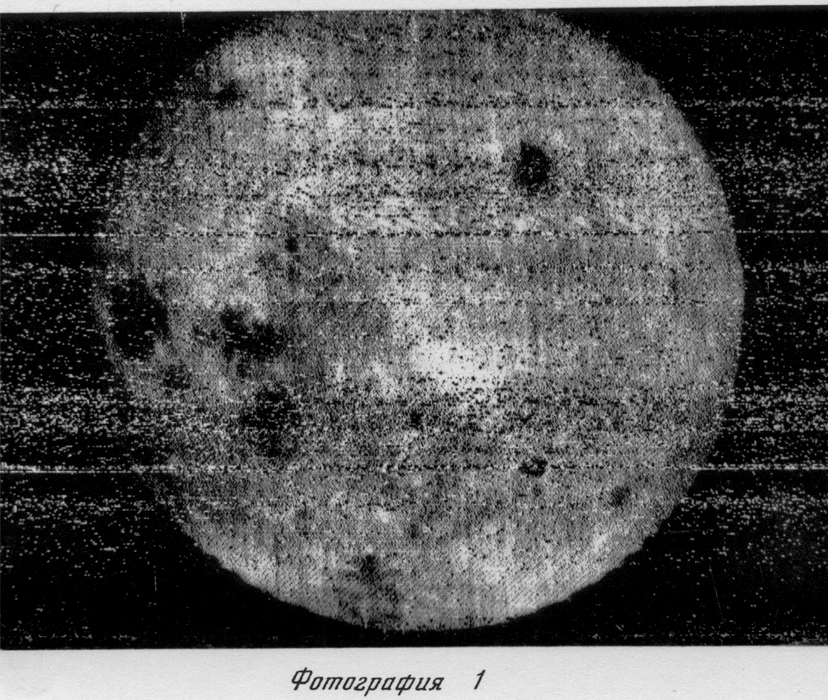Fifteen years ago to the day, man began arguably the most challenging construction project in the history of the species: the International Space Station. Sure, you have CERN’s Large Hadron Collider which got constructed to look for several theorized particles including the Higgs particle and test theories around particle and high-energy physics. But for all that is marvelous about this enormous undertaking, that project was still on Earth – more precisely deep under the ground on Swiss and French territory – while the I.S.S. was assembled in space. Coincidently, both projects’ construction started in 1998 but the LHC took three years less to reach completion, in 2008. We covered the build of the station a while back in case you misssed it.







